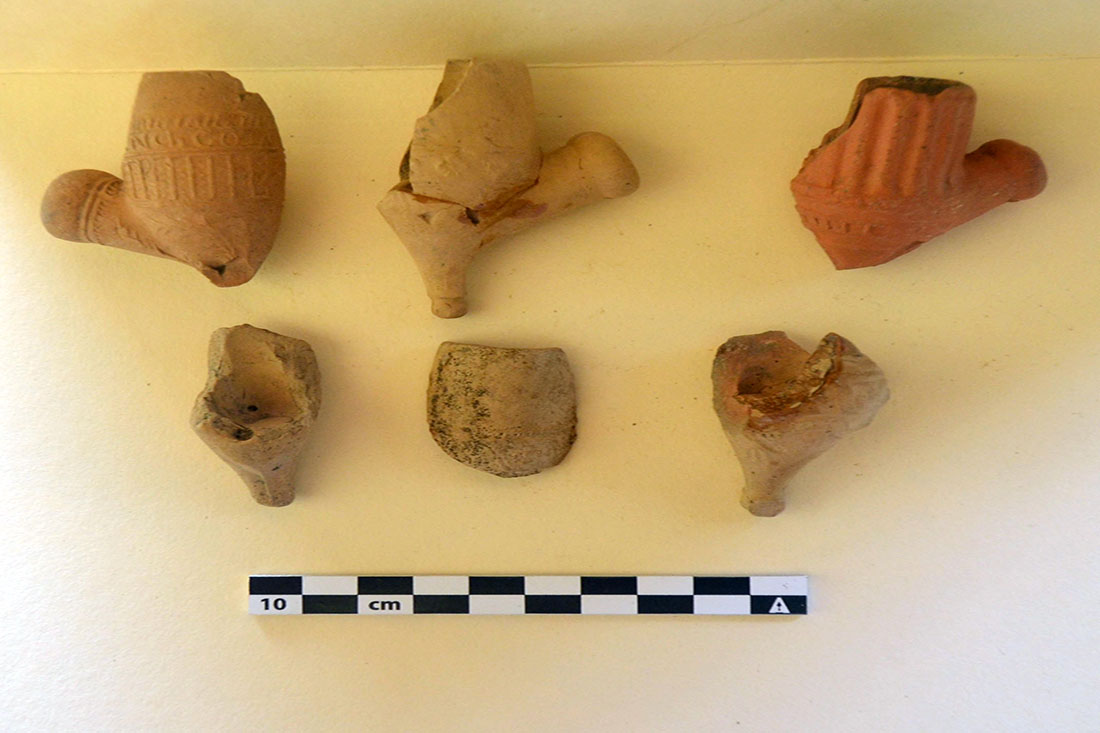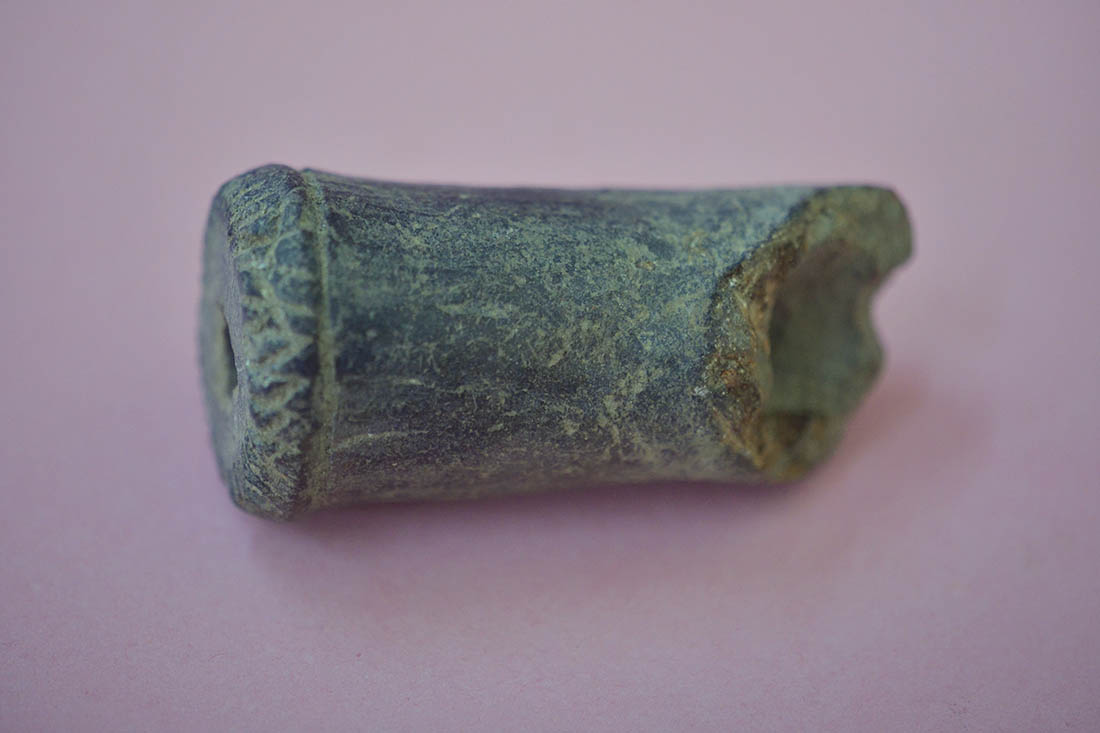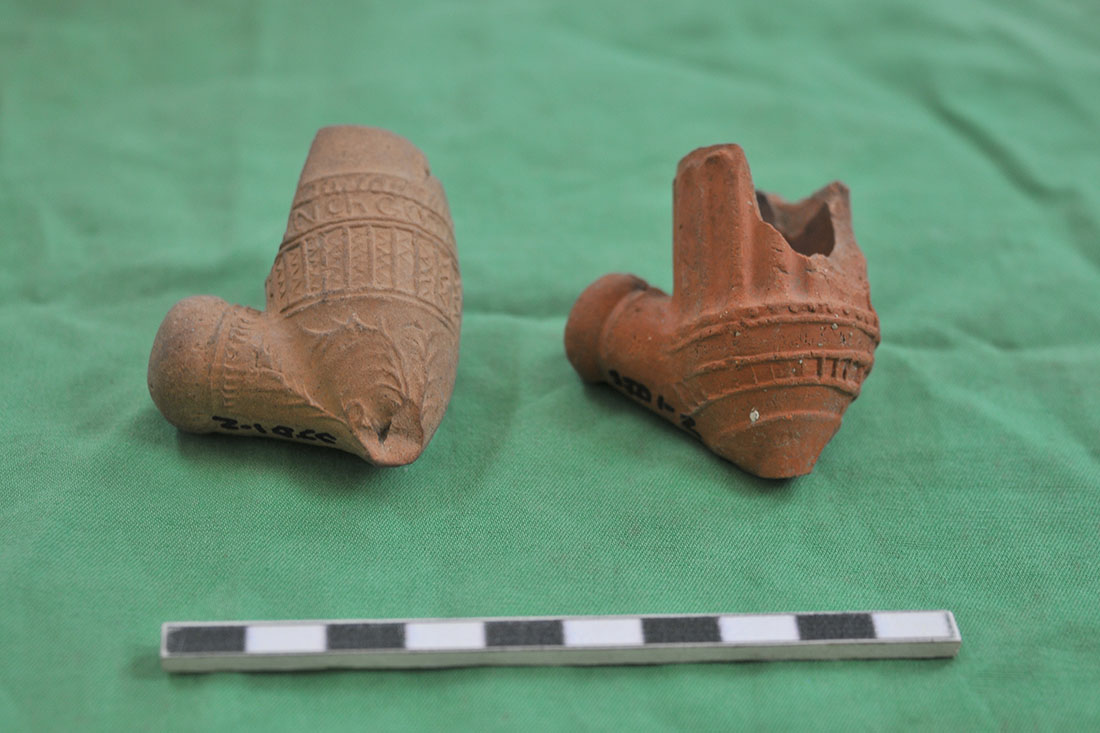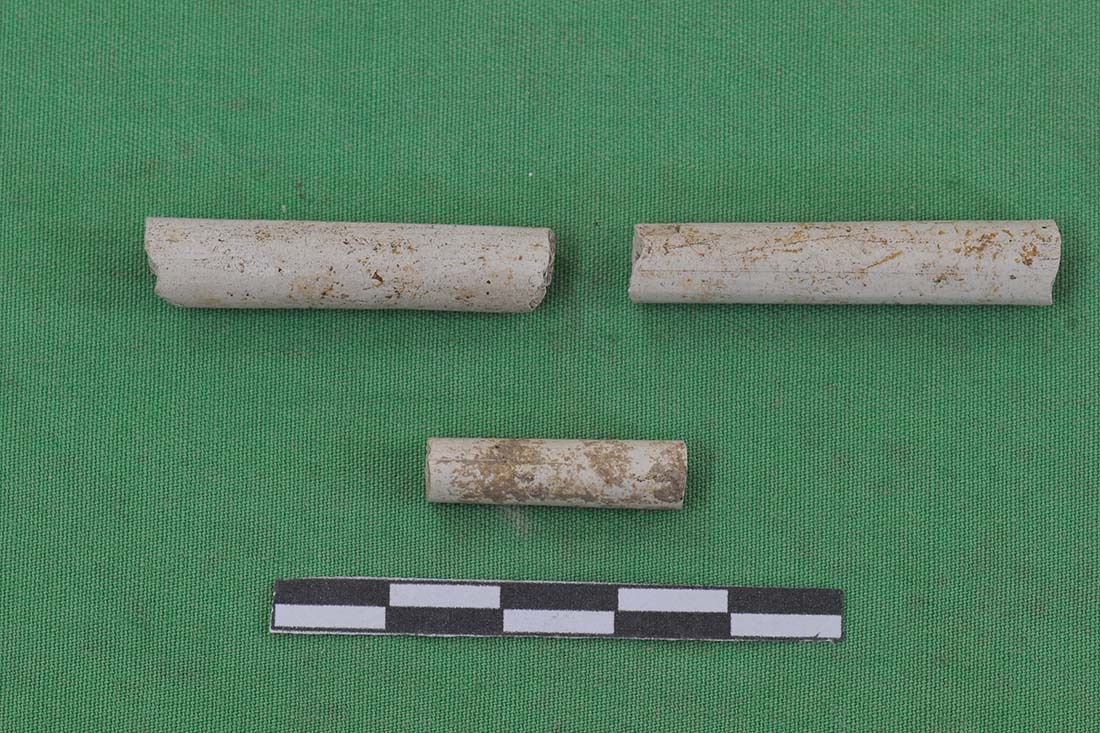By: Karen María Hernández Rodríguez
The aborigines in Cuba used tobacco and other hallucinogenic substances for religious reasons, healing functions and inhalation. With the arrival of the Spaniards on the Island, tobacco consumption was quickly adopted and imported to Europe, spreading its use.
The custom of smoking in pipes did not begin until the second half of the 16th century, when pipes made by North American Indians were introduced in England and later made of clay. For its part, Holland began to produce pipes at the beginning of the 17th century.
In Camagüey, the first tobacco and cigar industries were established during the 17th century. The use of pipes was not only for the upper classes of society but the custom quickly spread to the popular ones and African slaves, who also manufactured them. Several have been identified in sites linked to slavery such as coffee plantations, sugar mills and refuges for maroons, as well as in urban contexts.
Findings in Camagüey city
In 1824, terracotta and kaolin smoking pipes were one of the products imported from the Iberian Peninsula and other European countries. After the second half of the 19th century, an increase in the number of commercial buildings and establishments dedicated to tobacco and the sale of articles associated with tobacco consumption is observed in Puerto Príncipe.
In Camagüey there were many produced in Holland and Spain. Their discovery is reported in several contexts dating from the 18th-19th centuries, such as the Habana Hotel, Regidor, San Juan de Dios Hospital, Shirt Factory and Pichardo Palace, which reveals a varied series of clay pipes for smoking.
Among the exponents, the finding of two fragments of ordinary ceramic pipe mouths in the old Habana Hotel site, presumably made by slave servitude, is interesting. The morphological characteristics of these pieces are rustic, with hardly any decorations or enamel, and one of the pieces has a simple decoration with incised lines around the mouth.
Characteristics of the pieces
This type of object is considered to have an average useful life of no more than two years. The chronology is usually established from the morphological and commercial typologies, since many pipe manufacturers created new exclusive models and marked their products with inscriptions that allow their identification.
Clay pipes are made up of three parts: 1) the bowl, also called a stove or snuffbox, where the tobacco is placed, which may have a heel for support, and when it is somewhat longer it is called a spur or stalk. 2) The cane, which is hollow and through which the tobacco smoke from the bowl is inhaled, can be short or very long. 3) The mouthpiece constitutes the distal part of the reed and the mouth is inserted into it.
Of the materials found, white clay pipes predominate, known as “kaolin” pipes, which began to be manufactured in Europe in the 16th century. A distinctive feature is its white color, fragility and its shape. Those of Spanish or Catalan origin were manufactured in clay or unglazed terracotta and among the exponents that abound are those with wide bowls decorated with inscriptions, crowns, floral and geometric motifs, which denote a Moorish air in the design.
Bibliography
Deagan, K. (1987). Artifacts of the Spanish Colonies of Florida and the Caribbean 1500-1800 (Vols. Volume 1: Ceramics, Glassware, and Beads). Washington, DC: Smithsonian Institution Press.
Orihuela, J., & VIERA, R. A. (2015). Las pipas de fumar tabaco del Castillo San Severino (Matanzas, Cuba): tipología, espectroscopia (SEM-EDS) y análisis contextual. Cuba Arqueológica , Año VIII (2), 5-32.
Pezuela, J. d. (1865). Diccionario geográfico, estadístico, histórico de la Isla de Cuba (Vol. 4). Madrid: Imprenta de Establecimiento de Mellado a cargo de Joaquín Berrat.
Translated by: Aileen Álvarez García










